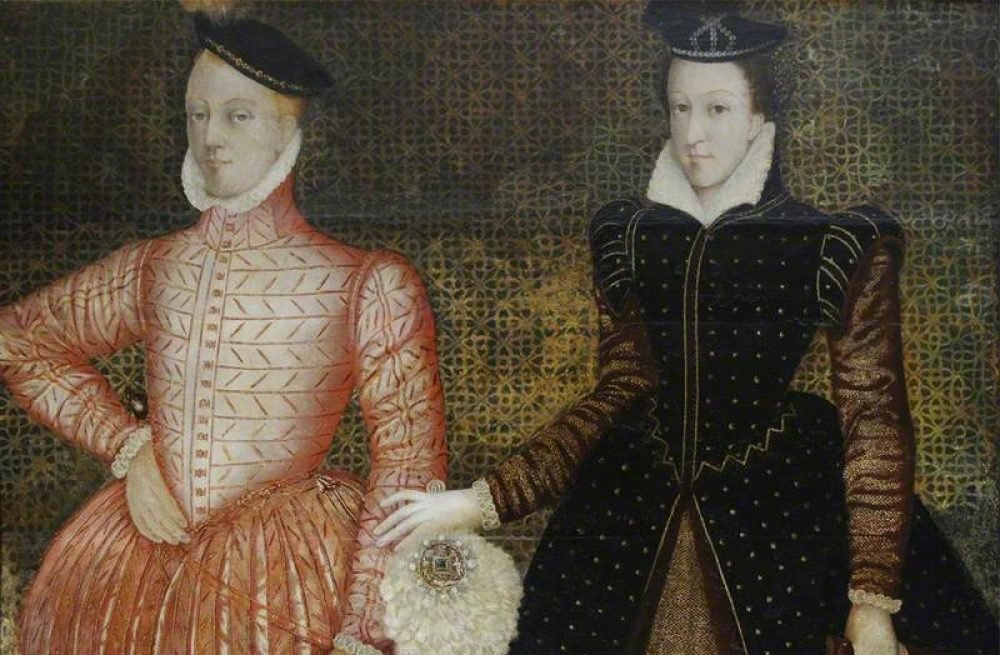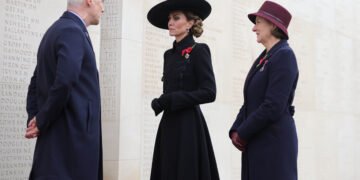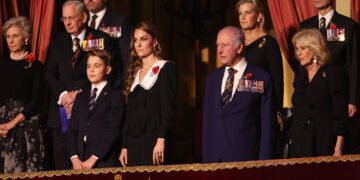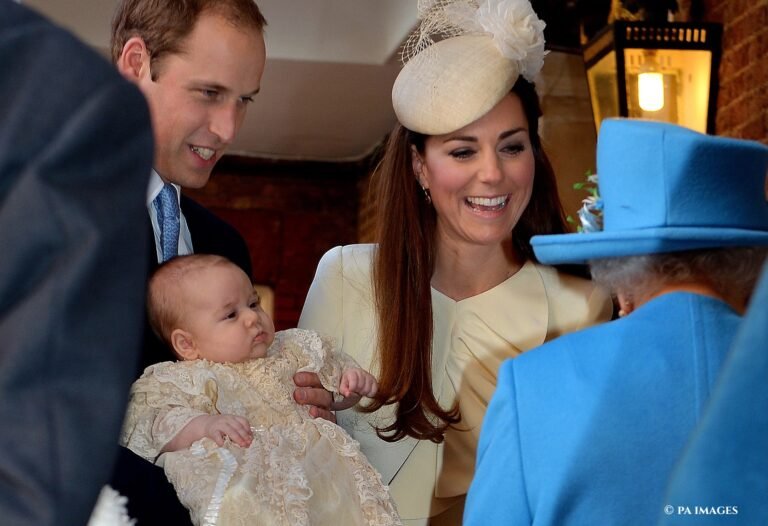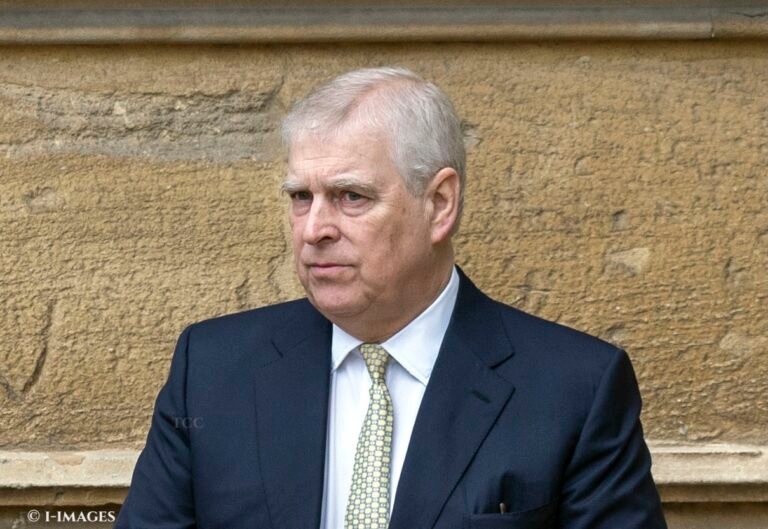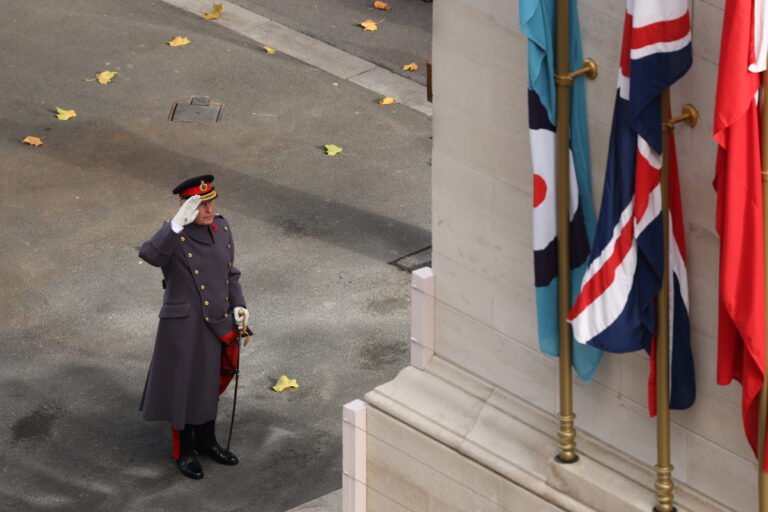A panel of experts have re-examined the information regarding the death of Henry, Lord Darnely, husband of Mary Queen of Scots, and have concluded she wasn’t guilty of ordering his murder.
The inquiry, using modern technologies and all the evidence at its disposal, exonerates the Scottish Queen, who has often been suspected of involvement in his death.
-
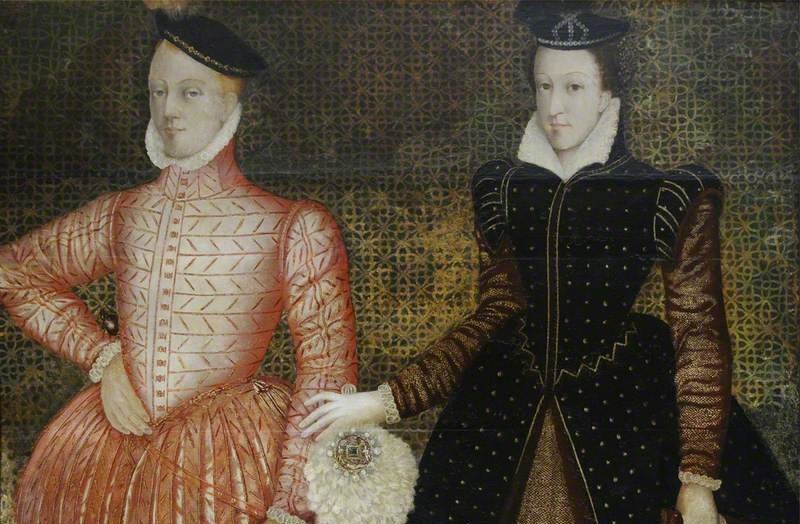
Mary and her husband, Henry, Lord Darnley. © National Trust, Hardwick Hall; Supplied by The Public Catalogue Foundation On 10th February 1567, Henry Stuart, Lord Darnley and his valet were found dead in an orchard in Kirk o’Field, Edinburgh, after a mysterious explosion at the house.
These explosions were later attributed to barrels of gunpowder under Darnley’s sleeping quarters. Darnley’s body was found outside, with a cloak, dagger, a chair and a coat. He was dressed only in his nightshirt, suggesting he had fled his bedchamber, but the two bodies showed no injuries that could have been caused by the explosion. The conclusion? They were strangled or suffocated afterwards.
A panel of the Royal Society of Edinburgh this week reconsidered the evidence, along with the use of modern technologies, and has concluded that Mary’s hands are clean.
Pathologists, explosives experts, scientists and historians met on Thursday night at Jedburgh town hall on the Scottish Borders to examine the centuries-old murder case. This included a detailed contemporary drawing of the site of Darnley’s death, showing the bodies, the buildings and the effects of the blast.
-

The drawing shows Darnley and his valet dead in the top right (Public Domain)
Professor Sue Black, an anatomy and forensic anthropology expert who led the investigation, said: ‘When you look at the picture in the way it was intended, it just looks as if Darnley is lying there, his nightgown around his waist.
‘But when you turn it round through 180 degrees, you get a different perspective of where the head lies in relation to the shoulders.’
Darnely’s nightshirt had ridden up his body, as the image shows.
‘It does look as if the body has been dragged. It might be that he was murdered somewhere else and then pulled out there so his body could be found,’ she said.
Dr Karly Kehoe, senior lecturer of history at Glasgow Caledonian University, said she accepted the view that Darnley had been killed by his kinsmen.
Kehoe said the most plausible account the murder had been put forward by Caroline Bingham, Darnley’s biographer: ‘On the night of his death, he was awoken by people outside his lodging, and feared for his life. Not pausing to dress, he and his servant attempted to flee, using sheets to descend from a window.
‘When they arrived in the garden, they were surrounded and were either strangled or suffocated, and then removed to the orchard where the bodies were found,’ she writes.
It is thought that his kinsmen were angered at Henry’s actions: he killed his wife’s secretary, David Rizzio, in a fit of rage and jealousy in 1566 at the Palace of Holyroodhouse in the Scottish capital. Rizzio was close to his mistress, and was even rumoured to be the father of Mary’s unborn child.
Darnley stabbed him 56 times.
In November 1566, the Queen stayed at Craigmillar Castle to recuperate following an illness shortly after giving birth. It has been thought for centuries that here, the ‘Craigmillar Bond’ was made, to dispose of her husband, Lord Darnley, though now it seems Mary had no knowledge of such a pact.
Despite Mary’s exoneration, some 400 years after her death, the perpetrators still remain unknown. John Dunn, the procurator fiscal, said: ‘The jury remains out.’
Mary did not escape justice however; suspicion fell upon the Earl of Bothwell, who had his eyes on the throne, and was also close to Mary. Bothwell was put on trial and found not guilty in April, after just seven hours.
The couple married in May 1567, just a few months after Darnley’s death…
After fleeing to England in 1568, the so-called ‘Casket Letters’ implicated Mary in the plot to kill Darnley once more. A series of letters were found supposedly between the Scottish Queen and Bothwell discussing Darnley’s downfall. Historian John Guy believes the letters are disjointed and that the French used is too poor to match Mary’s education, but some phrases and written characteristics are compatible with confirmed writings by Mary. The English trial – helpfully to Elizabeth I – could not acquit nor prove Mary’s guilt.
Elizabeth I’s cousin was kept under house arrest for years, until she was implicated in the Babington plot against the English Queen. Letters sent by Mary in captivity showed that she had knowledge of a scheme against Elizabeth, for which she was convicted of treason and executed in 1587.

